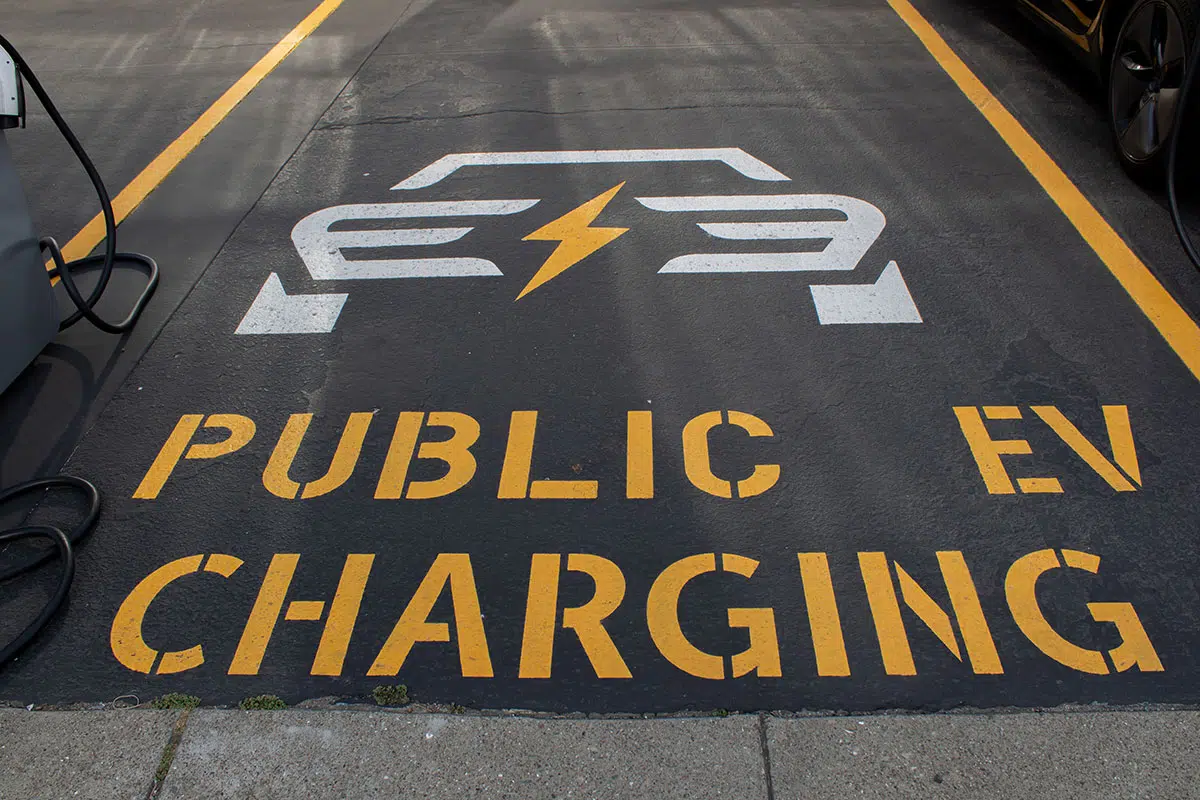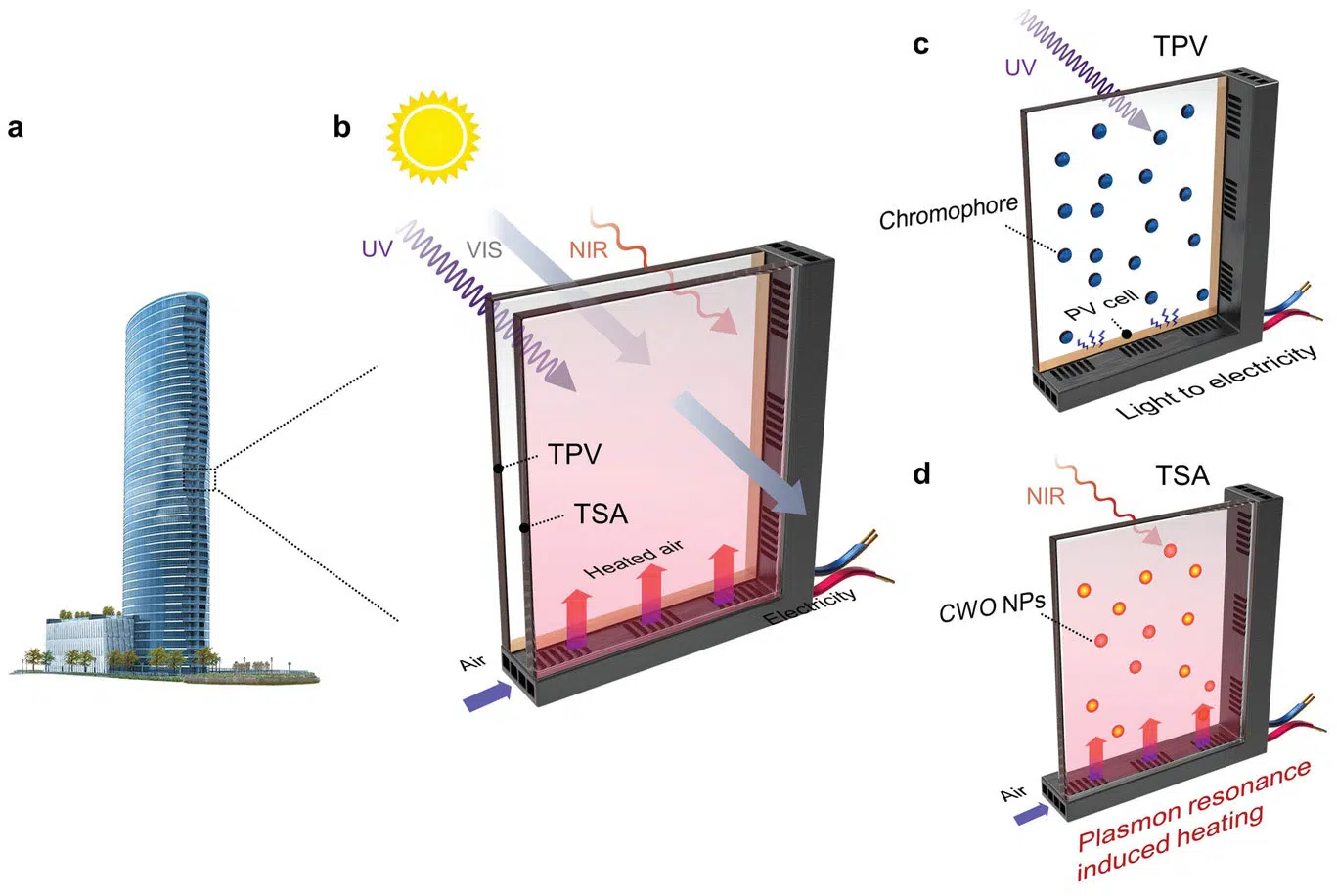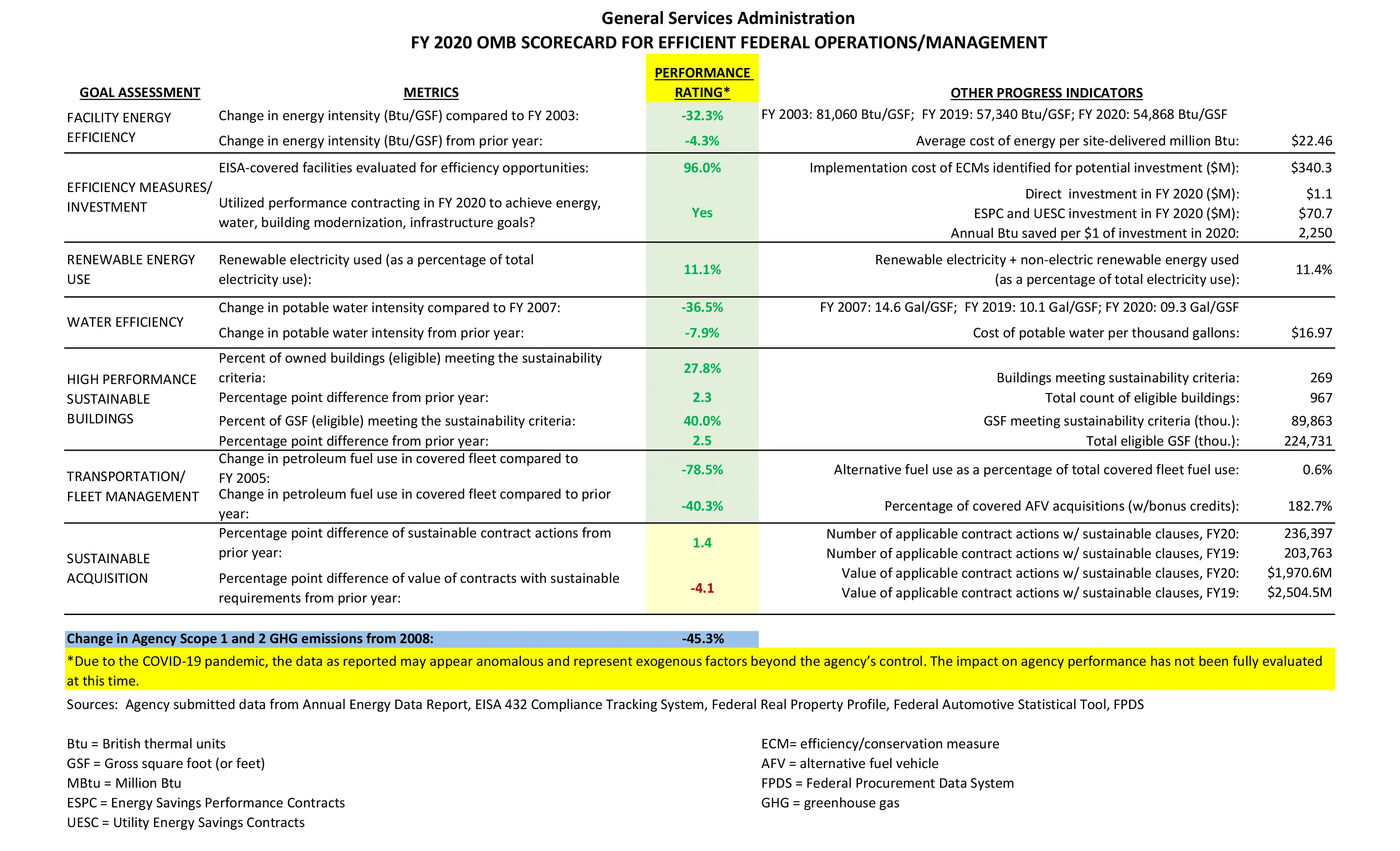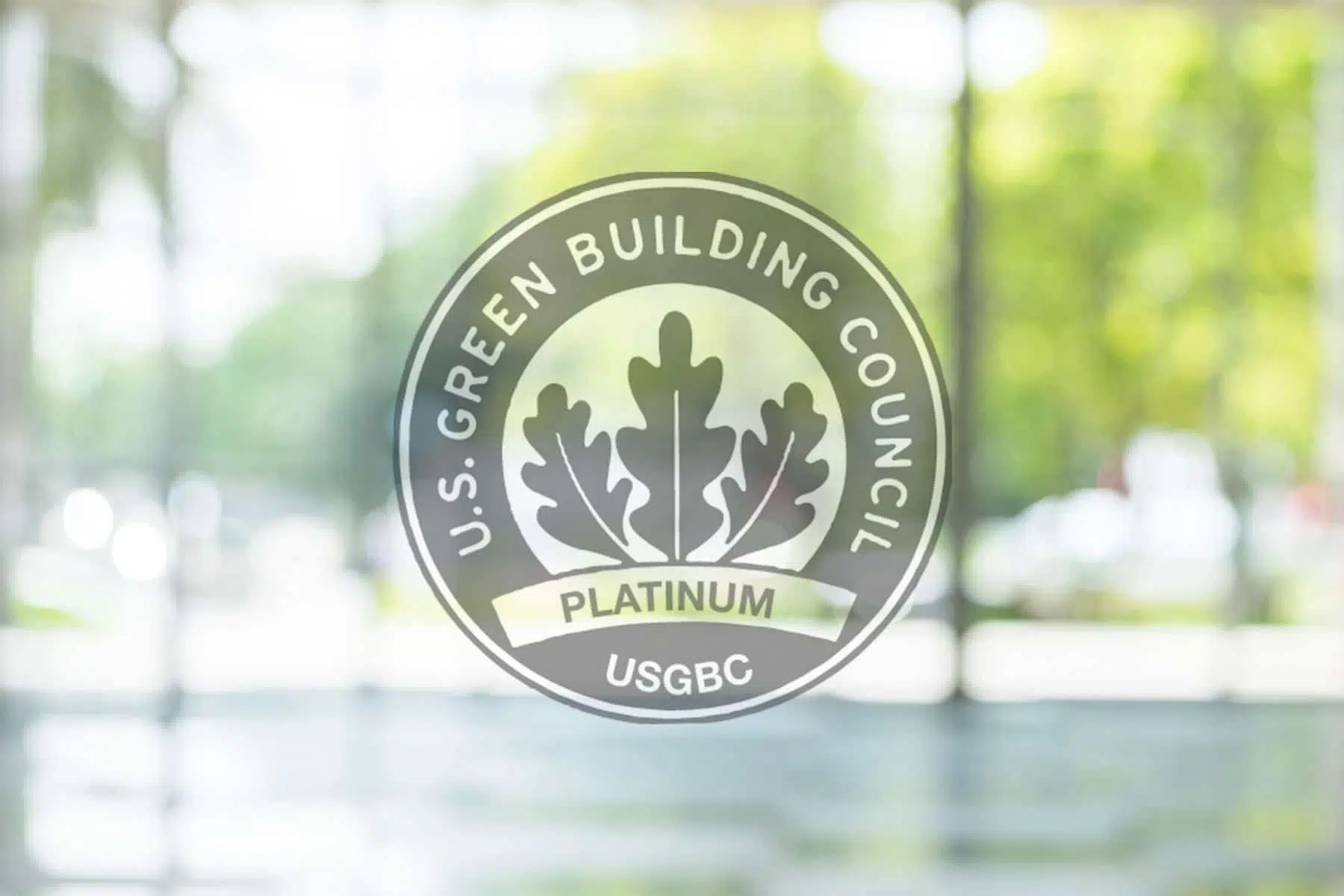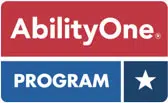Looking for an electric vehicle charging station contractor?
You’re not alone.
Search volume for EV charging station contractors has risen steadily over the last year, with about 1,300 searches taking place monthly in the United States.

This uptick reflects a growing demand for EV infrastructure.
But herein lies the problem: As more drivers opt for electric vehicles, a widespread shortage of EV charging stations persists.
Commercial workplaces, as well as local and state-level governments, now find themselves under pressure to increase the number of EV charging stations. They face tight deadlines for delivery.
Urgency to develop EV charging stations exists because:
- Government mandates on renewable energy have been passed.
- High gas prices have spurred drivers to consider switching to electric vehicles.
- Mass EV adoption has begun, with 5 percent of new car sales powered by electricity.
Incredibly, the United States is now on track for 25 percent of new car sales to be electric by 2025.
All of these factors point to a growing demand for electric vehicle charging stations. Rapid implementation requires skilled contractors capable of not just managing, but maintaining installations.
So, how do you go about evaluating the skills of electric vehicle charging station contractors?
We spoke with Jim Schafer, Director of Project and Energy Services at PRIDE Industries.
“If a potential client was asking for advice on installing EV charging stations, my first ask would be: What is the outcome or purpose you’re looking to achieve by installing EV chargers?” Schafer says.
“Is it revenue, convenience, or environmental/legislative? The answer would help determine the advice.”
This approach should frame every conversation about installing electric vehicle charging stations.
From that point, follow these tips for selecting an electric vehicle charging station contractor.
Tip 1: Evaluate Depth of Experience
A shortage of EV charging points poses major challenges for workplaces and communities.
“The amount of EVs to charging stations is unbalanced,” Schafer says. “In some areas, there’s more congestion because there’s not enough EV charging stations to keep up with demand. There’s a big push to get the infrastructure, to get the EV charging points installed. There are local colleges teaching classes on it—that’s how much they’re pushing to get this done.”
Colleges and newly trained professionals can certainly help support this drive. But to augment this labor pool—and to be more confident about delivery timeframes and capabilities—organizations should consider outsourcing their requirements to long-established experts.
“This is a large-scale challenge that requires greater scalability,” Schafer says.
“As a facilities manager, you’ll ideally want to find someone with demonstrable experience of installing EV chargers. You should also look for providers who can advise not just on installation costs, but ongoing maintenance.”
Tip 2: Request Detailed EV Charger Costs
Cost can be a complicated topic, but case studies can help.
“Insightful case studies reveal the average use of a charging station, based on cars per parking lot, or number of electric vehicles in the area,” Schafer says. “It’s broken down by average use, and it considers the anticipated cost of electricity.”
Depending on organizational requirements, different cost models can be used.
“The cost of an EV charger includes not just the installation, but ongoing use of the charger,” Schafer says. “For many decisionmakers, a lot of hesitation exists around how much the cost is going to be.”
In some settings, an organization may cover all cost points, including installation and usage. Alternatively, the service could be split between users and providers.
“Some organizations operate EV charging stations as pay sites,” Schafer says. “These use card readers that function like parking meters.”
Tip 3: Get Advice on Legislative Targets
The U.S. Department of Transportation’s Federal Highway Administration has proposed new regulations for publicly accessible EV chargers.
“Proposed rules will set strong certification standards for the workers installing, operating, and maintaining electric vehicle chargers, ensuring funds support good-paying, high-quality jobs and chargers are installed by a highly-skilled, professional workforce,” according to the U.S. Department of Transportation.
These regulations would support the federal goal of networking 500,000 EV chargers by 2030.
Legislative targets for EV charger installation also exist at state level.
In 2018, the California legislature set a goal for installing 250,000 chargers by 2025.
Known as Executive Order B-48-18, this legislation represents a key step in the quest to significantly reduce California’s greenhouse gas emissions. The state seeks to lower emissions by 40 percent below 1990 levels.
Unfortunately, the state has not kept pace with its targets for installing EV chargers.
As of January 2021, California had about 70,000 installations.
Despite plans for an additional 123,000 chargers, the state lags on its goal to install approximately 57,000 more by 2025.
“As far as California goes, the installation process is really behind the pace required to deliver on this goal,” Schafer says.
“With any piece of legislation, not meeting targets could run the risk of additional funding being lost, penalties being imposed, etc. Public and private organizations should take urgent action to ensure they comply with legislative targets. This is even more critical given that competition for electric vehicle charging station contractors continues to rapidly accelerate.”
Let’s Talk Business
“If a potential client was asking for advice on installing EV charging stations, my first ask would be: What is the outcome or purpose you’re looking to achieve by installing EV charger?”
—Jim Schafer, Director of Project and Energy Services, PRIDE Industries

